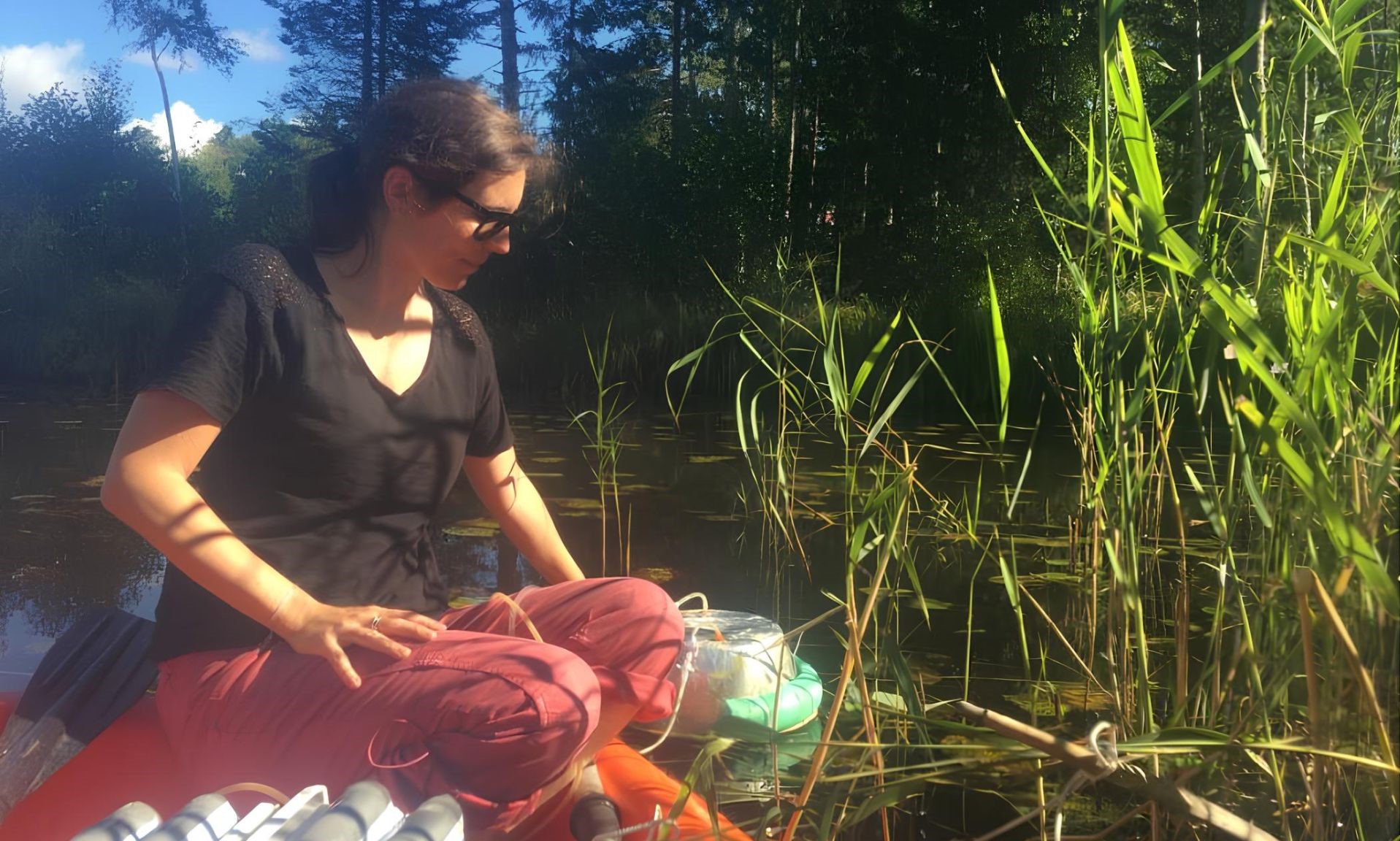The study — the first to quantify the contribution of littoral zones to the global carbon budget of lakes — was published in August in Nature Geoscience.
"Our discovery quantifies the role of aquatic plants in the littoral zones of lakes in the global carbon cycle, and clearly demonstrates the importance of these plants in the net carbon balance of lakes," said lead author Charlotte Grasset, a researcher at Uppsala University (UU).
Although the total littoral zone of lakes around the world is four times longer than the coastline of the oceans, the role of vegetated lake shorelines has not been considered in global carbon budgets, she said. Instead, measurements of carbon are usually taken in the middle of lakes, away from shore.
"Including the potential of these shoreline plants reverses the role of lakes in the global carbon cycle," said Maranger, who collaborated in the research as a visiting professor at UU since 2023 and who, at UdeM, holds a Tier 1 Canada Research Chair in aquatic ecosystem science and sustainability.
"When the growth rate and extent of these plants are included in calculations, lakes become a net carbon sink instead of an atmospheric source — that is, the carbon stored annually in lake sediments is greater than the carbon released into the atmosphere thanks to these plants,” said Maranger.
"This changes the current paradigm and highlights the potential of restoring lake littoral zones as a nature-based solution, while also having implications not only for carbon storage to mitigate against climate change, but also for improved water quality and conservation of biodiversity," she added.






